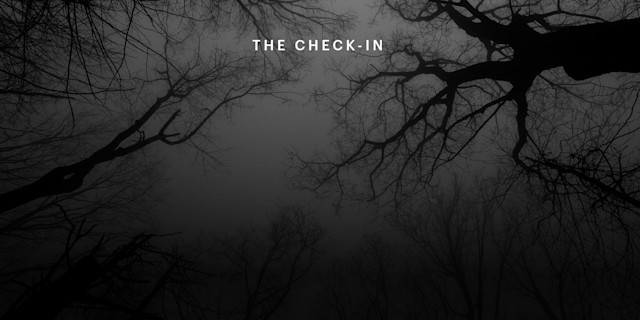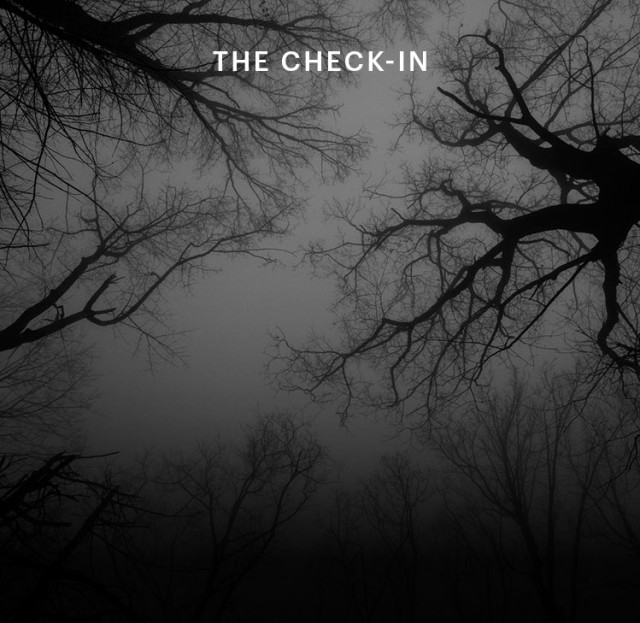WHAT ARE YOU AFRAID OF?
WHAT ARE YOU AFRAID OF?
Fear—when exhilarating or fun, like watching a scary movie or skiing a new slope, can enliven your body and even be healthy, according to psychotherapist Hilary Jacobs Hendel. Here, why to learn into the emotion, a skeleton meditation, and more:


TRY A SKELETON MEDITATION.
“Meditating on the skeleton is done in a few meditation traditions as a form of embracing death and impermanence,” says HeadStrong creator Michael Gervais. In his Me and My Skeleton HeadStrong meditation on EQX+, he guides you through a skeleton meditation to both feel grounded and to get an appreciation for this structure that literally lifts us up. “Halloween is a great time to check in with what we might normally get creeped out by,” Gervais says. “See if you can observe your own reactions as we explore this (mostly) hidden architecture of our bones.”
- Sit comfortably and visualize your body in space.
- Feel the wide bone of the pelvis supporting you; the spine allowing you to sit tall; the arms and legs; and the skull sitting on top of the spine.
- Now, visualize everything besides that skeleton being stripped away and dissolving: The skin, the muscles, the organs, the tissues, the veins, and the blood running through them all dissolves away so what remains is your bones.
- Visualizing yourself as a skeleton, take smooth, slow breaths and begin to draw your focus to each bone, relaxing the area that it supports.
- Take a few minutes to feel the strength of your skeletal system and appreciate its complexity and all that it allows for.
- Rejoin the living by visually rewrapping your skeleton in its tissues, veins, blood, muscles, skin, and clothing.
- When you feel ready, blink the eyes open.
THE SCIENCE: NIGHTMARES
“One of the coolest things about rapid eye movement (REM) sleep, which is the stage of sleep when nightmares typically occur, is that your brain is in an incredibly active state with neurons firing. That’s why there’s so much creative and sometimes bizarre content to our dreams,” says Wendy Troxel, Ph.D., senior behavioral scientist at the RAND Corporation and author of Sharing the Covers: Every Couple’s Guide to Better Sleep.
And contrary to popular belief, nightmares can play a productive role in our lives by helping us to work through distressing or uncomfortable events that happen during the day. “The idea that we use our dreams and our nightmares to process difficult emotional content is another testament to the value of sleep,” Troxel says.
However, if you’re having chronic nightmares, you should talk to your doctor about available treatments. Routinized exercise may help by releasing tension and anxiety, thereby reducing the likelihood of nightmares. Exercise can also send a powerful signal to your internal biological clock regarding when it’s time to be awake and when it’s time to be sleepy—and set you up for deeper, better quality sleep at night.
LEAN INTO FEAR
“Stop trying to be or waiting to be fearless before doing anything, including starting a business, getting married, or having a kid,” says Kristen Ulmer, the best woman extreme skier in the world for 12 years and author of The Art of Fear. “It's not possible to be fearless.” Instead, she says that a willingness to feel fear and choosing to do scary things is what you should be aiming for, and is a sign you’re on the right path toward learning and growing.
*Expert credit: Hilary Jacobs Hendel